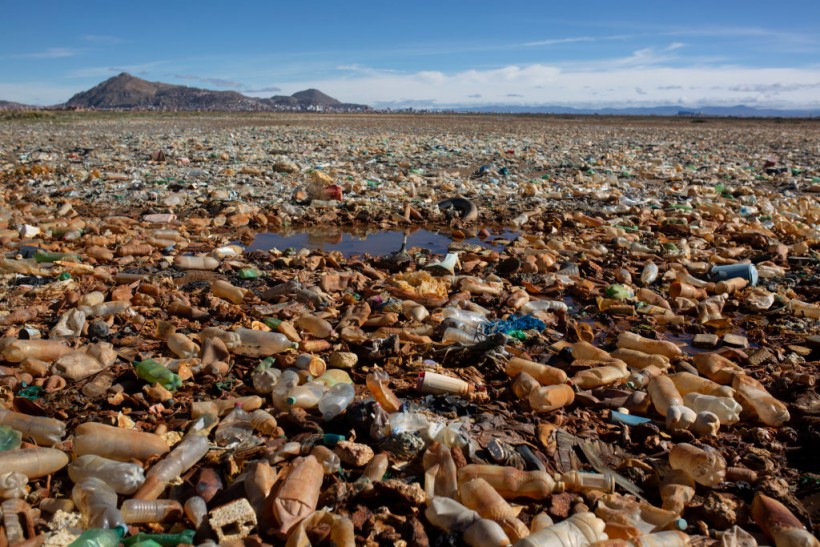Indoor airborne microplastics are being inhaled by humans at an unprecedented levels, according to a study led by scientists in Australia. The academic research paper suggests that living indoors is not a guarantee to escape these particles in outdoor environments.
Indoor Microplastics

The study was published in the journal Environmental Science & Technology in December 2022, wherein researchers from Griffith University in Brisbane, Australia, explored airborne microplastics both indoor and outdoor environments of a developing South Asian country.
The Griffith researcher team asserts that people are likely exposed to thousands of airborne microplastics a year indoors. The assessment is after the team investigated the abundance, distribution, form, and potential sources of microplastics in the said environments in Sri Lanka, where they found microplastic concentrations are between 1 and 28 times higher indoors.
The researchers calculated that the amount of average human exposure to the airborne microplastic particles is 2,675 per person every year, as cited by Phys.org.
Also Read: Microplastics Found in 75% of Fish Meant for Human Consumption: Is It Still Healthy to Eat Seafood?
What are Microplastics?
Microplastics are "small plastic pieces" measuring less than 5 millimeters long which poses a threat to Earth's ocean and aquatic life, National Ocean Service of the National Oceanic and Atmospheric Administration (NOAA).
These small plastic particles have increased over the past several decades, making its way into the environmental such as the ocean and even the air we breathe, as well as inside our bodies, according to multiple studies.
The NOAA says plastic is the most common type of marine debris found in our ocean and the Great Lakes; wherein plastic debris can come in all shapes and sizes. Some of these plastics which are even smaller than microplastics are called nanoplastics, which are 100 nanometers or less.
Undisclosed knowledge and information about microplastics are an emerging field of study since little is known about these particles and their impacts yet, according to the US government agency. With this, the NOAA Marine Debris Program is taking an initiative to research the topic.
In particular, methods are being undertaken to further understand microplastics such as the sample collection of sediment, sand, and surface water which contain these small debris. Scientists reportedly estimate it could take hundreds of years for plastics to be fully broken down.
Plastic Pollution
Plastic pollution is also relatively an emerging issue, as it is a new field of study mentioned earlier. Under this context, scientists are still investigating and testing methods to quantify and even address the planet's plastic crisis.
The issue pertains not to the nature of plastic itself but rather to the significant excess of all plastic particles in relation with plastic production and plastic demand. Specifically, scientists say most of these materials are not being recycled, leading to the said gap.
According to the United Nations Environment Programme (UNEP), global production of primary plastic is estimated to reach 1,100 million tons by the year 2050, and this will be the case if the historic growth of plastic production since the 1970s continues.
Ranging from water to shampoo bottles and protective packaging, plastic products have become an integral part of our everyday lives. However, a systemic change is needed to stop the flow of plastic waste into the environment, the UNEP adds.
Related Article: 4 Million Pounds of Microplastics Found in Corals, Causing Tissue Necrosis in Fishes
© 2024 NatureWorldNews.com All rights reserved. Do not reproduce without permission.

![Tsunami Hazard Zones: New US Map Shows Places at Risk of Flooding and Tsunamis Amid Rising Sea Levels [NOAA]](https://1471793142.rsc.cdn77.org/data/thumbs/full/70325/280/157/50/40/tsunami-hazard-zones-new-us-map-shows-places-at-risk-of-flooding-and-tsunamis-amid-rising-sea-levels-noaa.jpg)



